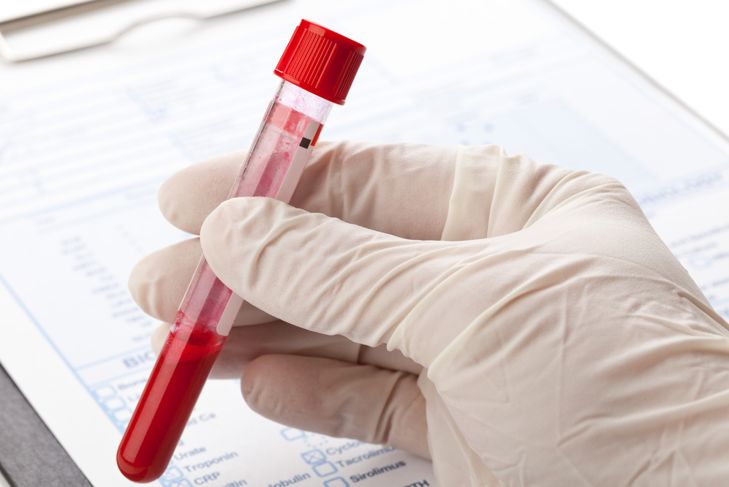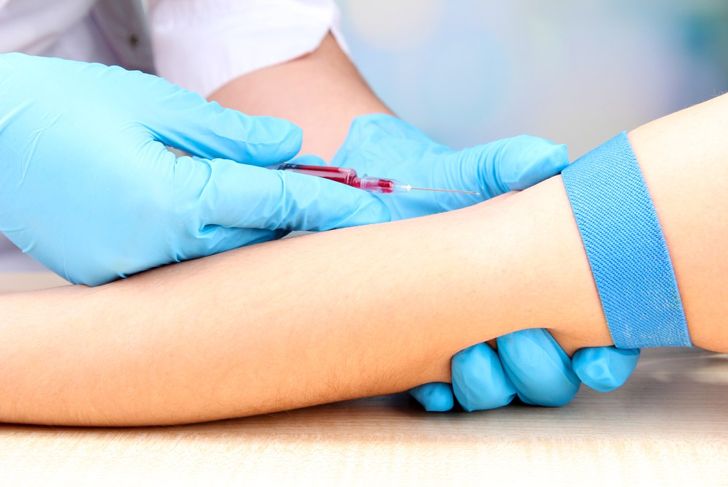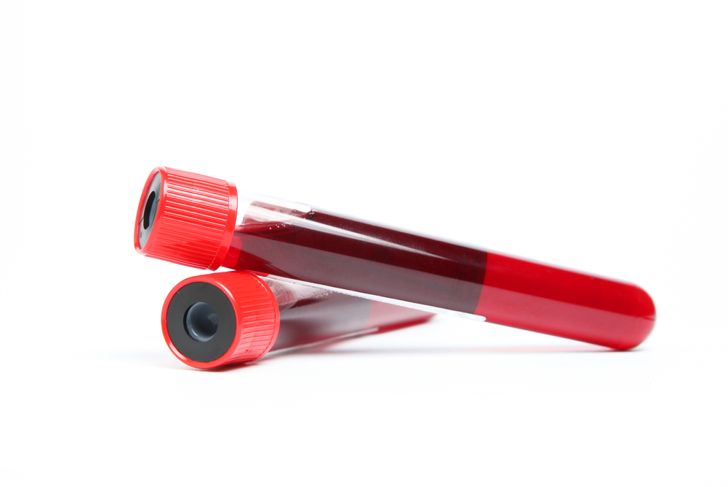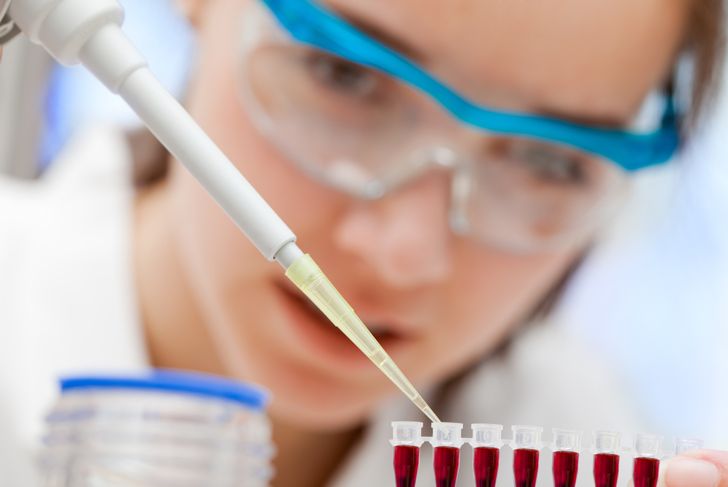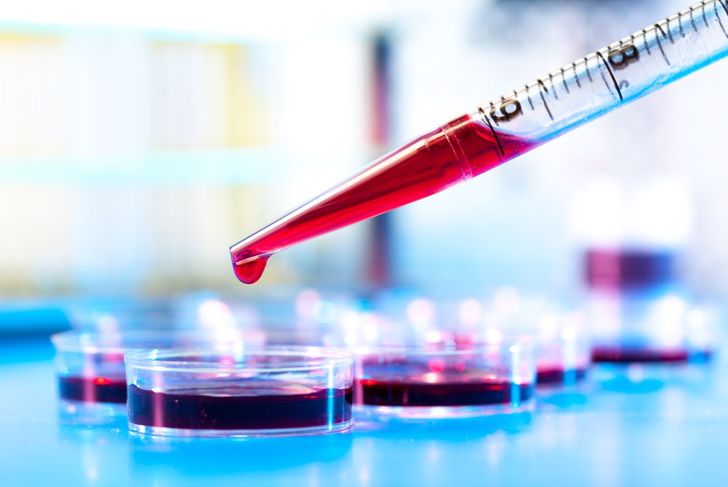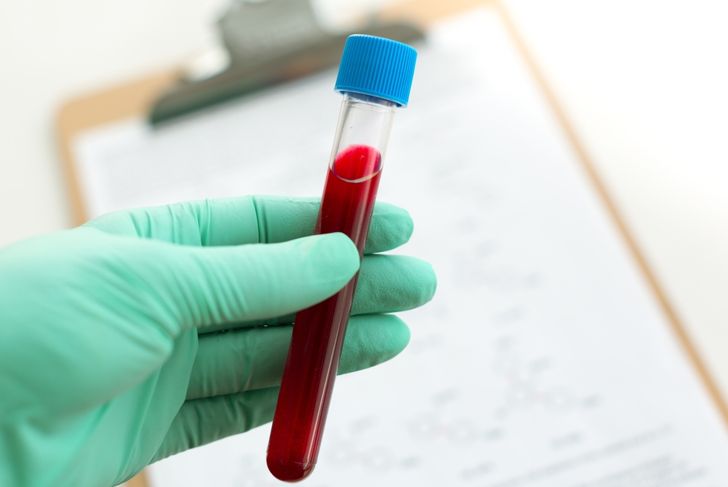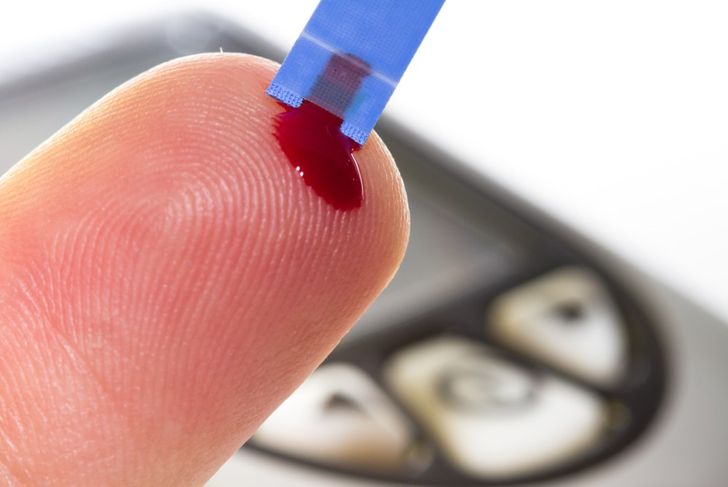A Complete Blood Count (CBC) is a broad-screening blood test that is used to determine the specificities of cell types and numbers in the blood. A CBC is meant to evaluate your overall health or assess your proclivity towards several medical conditions and disorders. If you are getting a CBC done, you should be aware of the various components that the test is supposed to have and reveal. Keep reading for a list of the ten most crucial Complete Blood Count elements.
Red Blood Cell Count
Red Blood Cells or RBCs are responsible for transporting oxygen from the lungs to the rest of the body via blood circulation, and carbon dioxide from the body back to the lungs as well. RBC count is thus a reflection of the body’s ability to supply oxygen and eliminate carbon dioxide from all parts of the body. If the RBC count is low, the physical requirement for oxygen may not be met, thus causing anemia. On the other hand, a high RBS count may cause red blood cells to clump together and block capillaries, provoking a condition called polycythemia. Thus, it is essential that the RBC count be between 4.7–6.1 cells/mcL in men and between 4.2–5.4 million cells/mcL in women.
White Blood Cells Count(Leukocyte Count)
White Blood Cells or WBCs are the body’s defense against infection. They are lesser in number than RBCs but more significant in size. When you contract certain diseases, the number of WBCs in the blood increases rapidly. They then attack the cause of infection, whichever microorganism it may be, and try to destroy it. The WBC count is thus used to check or confirm suspicions regarding some infections. Any undetected medical condition such as autoimmune diseases and immune deficiencies are noticeable. You can also monitor the body’s response to cancer treatment. In most healthy adults, the Leukocyte Count falls within the range of 4,500 – 11,000 cells/mcL.
White Blood Differential Count
The WBC Differential Count studies the number of varied types of WBCs in the blood. There are five major types of white blood cells including neutrophils, band neutrophils (immature neutrophils) monocytes, eosinophils, lymphocytes, and basophils. The number of WBC cells of each variety found in the blood is essential in determining the efficacy of the immune system. Too many or few of any these WBCs can be indicative of infections, allergies, diseases. You may even have toxic reactions to medicines or chemicals.
Hematocrit
The hematocrit or packed cell volume (PCV) measures the amount of space taken up by red blood cells in the blood. The test results reflect regarding the percentage of blood. For instance, a hematocrit of 40% suggests that 40% of your blood volume is made up of red blood cells. This value is helpful in establishing whether you have anemia or polycythemia, or not. The ideal range for men is 38.8 – 50% and that for women is 34.9 – 44.5%; hematocrit values higher or lower than these may be a cause for concern.
Hemoglobin
Hemoglobin is that substance which grants blood its red pigmentation. It is a protein found in all red blood cells which helps in binding oxygen from the lungs and transport it to different tissues and organs in the body. Since the hemoglobin levels relate to the circulation of oxygen-rich blood across the body, its deficiency can be an issue of grave concern. Doctors use hemoglobin measures to check for anemia. The normal range of Hemoglobin for men is 13.5 to 17.5 g/dcL and 12 to 15.5 g/dcL in women.
Platelet Count
Platelets are the most minute of all blood cells but serve an essential function in the body’s healthy functioning. They are responsible for blood clotting so that when bleeding occurs at any site, these cells clump together, forming a sticky barrier that soon plugs the outflow of blood, preventing excessive blood loss. When the platelet count is low, you are compromising your body’s capacity to stem bleed; even the smallest wound can cause uncontrollable blood drain. On the contrary, if there are too many platelets in the blood, there is a chance of a blood clot forming in a blood vessel, thus obstructing blood circulation. The healthy range of platelets is .15 to .45 million cells/mcL.
Mean Platelet Volume
The Mean Platelet Volume or MPV is a measurement of the average size of the platelets found in the blood. MVP reading may allow a doctor to detect certain conditions related to platelet production or function before the platelet count begins reflecting the same. Also, it is used alongside the platelet count to identify various diseases. A low MVP signifies decreased production of platelets while a high MVP suggests an increase in their production. The normal MPV range in healthy individuals is 7.5 – 11.5fL.
Mean Corpuscular Volume(MCV)
The Mean Corpuscular Volume, also known as Mean Cell Volume or MCV, is a reflection of the average volume of a red blood cell. It is a calculation which requires the multiplication of amount of blood with the hematocrit and the division of that value by the number of erythrocytes in the blood. The MCV is instrumental in classifying the condition in patients of anemia as microcytic anemia, normocytic anemia or macrocytic anemia. These conditions correspond with a lower MCV reading, normal MCV or higher MVC than the ideal range. If you are healthy, the MCV falls between 80 – 100 fL.
9. Mean Corpuscular Hemoglobin(MCH)
The Mean Corpuscular Hemoglobin, also known as Mean Cells Hemoglobin or HCM, is a measure of the average mass of Hemoglobin in RBC in a given sample of blood. For calculating the MCH, divide the total mass of Hemoglobin in the blood by the number of RBCs in a given sample of blood. A low MCH can be indicative of excessive blood loss over time, iron deficiency or microcytic anemia. Macrocytic anemia is usually a result of high MCH. The average level of MCH ranges between 26 to 33 picograms/cell.
Mean Corpuscular Hemoglobin Concentration(MCHC)
The Mean Corpuscular Hemoglobin Concentration or MCHC refers to a concentration of Hemoglobin in a given sample of RBCs. You can achieve the calculation of MCHC by dividing your Hemoglobin by their hematocrit. The MCHC reading helps determine which kind of anemia one is suffering from, alongside indicating other conditions (especially if MCHC is higher than normal). The reference range for MCHC, as observed when you are healthy, is 32 to 36 g/dL; anything above or below that calls for a further medical investigation.

 Home
Home Health
Health Diet & Nutrition
Diet & Nutrition Living Well
Living Well More
More